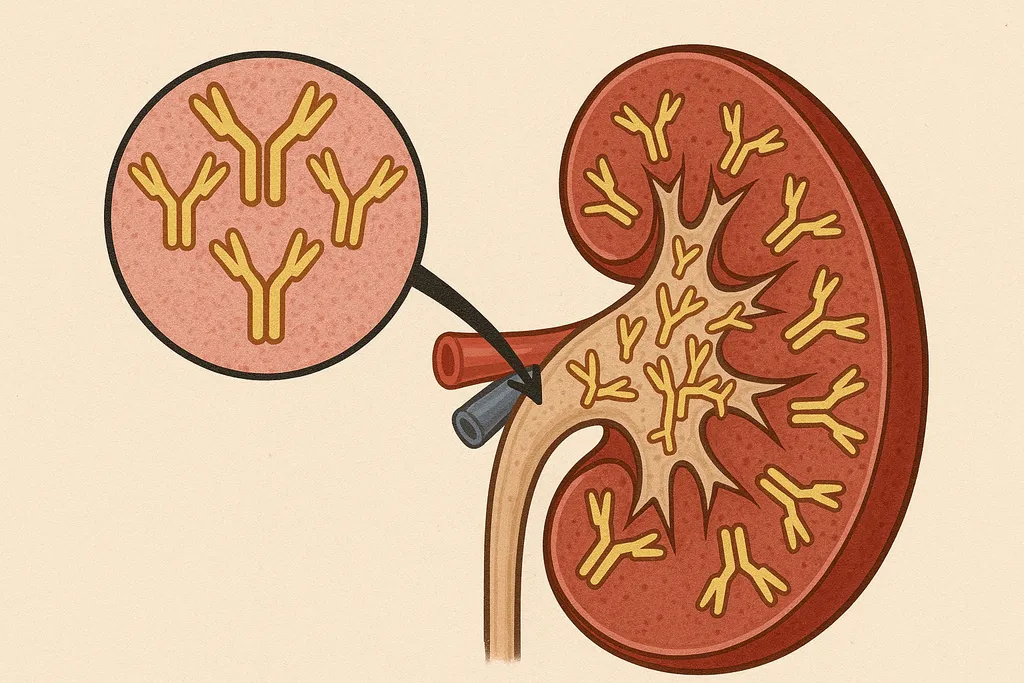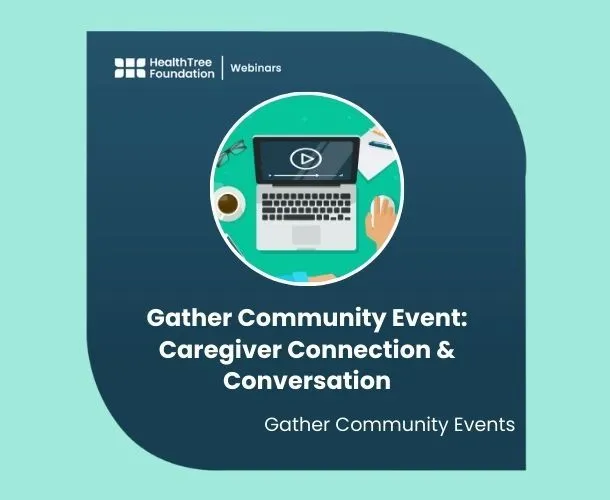Can we learn to love healthy food? The answer is YES!

Bag of chips or fresh broccoli? A cup of green tea or a Coke? Making good food choices (and actually liking it) isn’t always the most palatable for many. In the study published in the journal Nutrition & Diabetes (August 2014), and conducted by the Jean Mayer USDA Human Nutrition Research Center on Aging at Tufts University and at Massachusetts General Hospital, scientists discovered that it is possible to rewire our brains so that it actually wants healthier foods. How? By routinely eating them. To make this claim, scientists divided 13 patients into two groups. At the beginning, an MRI was taken of all participants to record their brain activity and response to various foods. One of the groups received an “intervention program,” which included counseling and control menus. The other group received no such help. Previous studies showed that fatty and sugary foods trigger the pleasure center of the brain (striatum). That’s why we typically learn to crave these types of foods foods—we expect a pleasurable response. Those in the control group showed less activity in the striatum when shown the bad foods and more activity when shown healthier options. This indicated a better chance of succeeding in liking healthier foods. The bottom line is that the proof is in the proverbial (organic sugar free) pudding: Even if we don’t like broccoli or sprouts, it is possible to learn to love them. If you’re not one who typically loves fruits and veggies, here are five tips to help you get you started:
- Cook them. Oftentimes, digesting, say, broccoli or apples, might be difficult. Try steaming, grilling or sautéing them. (If you boil them, just know that when you drain all that liquid, you’re also tossing a good portion of its nutrients, too.)
- Drizzle olive oil or use spices. Instead of drowning your veggies in ranch dressing or butter, use olive oil or other healthy oils instead. A little olive oil, balsamic vinegar and sea salt is delicious. Also try experimenting with different spices, like turmeric (which has incredible anti-cancer properties) or cayenne pepper. Try dipping carrots or peppers into unsweetened yogurt or hummus.
- Sautee your veggies with garlic and onions. Adding heat gives fruits and veggies a whole new texture and flavor.
- For fruit, bake or sauté them and put them over pancakes, waffles, in smoothies or on top of cereal or oatmeal. Adding fresh whipped cream and walnuts makes a delicious desert with no added sugars.
- Make sure to add veggies to your sandwich (like lettuce and tomatoes), pizza or pasta (mushrooms and tomatoes are simple and delicious choices). Even adding small amounts of veggies to a meal quickly adds up.
Bag of chips or fresh broccoli? A cup of green tea or a Coke? Making good food choices (and actually liking it) isn’t always the most palatable for many. In the study published in the journal Nutrition & Diabetes (August 2014), and conducted by the Jean Mayer USDA Human Nutrition Research Center on Aging at Tufts University and at Massachusetts General Hospital, scientists discovered that it is possible to rewire our brains so that it actually wants healthier foods. How? By routinely eating them. To make this claim, scientists divided 13 patients into two groups. At the beginning, an MRI was taken of all participants to record their brain activity and response to various foods. One of the groups received an “intervention program,” which included counseling and control menus. The other group received no such help. Previous studies showed that fatty and sugary foods trigger the pleasure center of the brain (striatum). That’s why we typically learn to crave these types of foods foods—we expect a pleasurable response. Those in the control group showed less activity in the striatum when shown the bad foods and more activity when shown healthier options. This indicated a better chance of succeeding in liking healthier foods. The bottom line is that the proof is in the proverbial (organic sugar free) pudding: Even if we don’t like broccoli or sprouts, it is possible to learn to love them. If you’re not one who typically loves fruits and veggies, here are five tips to help you get you started:
- Cook them. Oftentimes, digesting, say, broccoli or apples, might be difficult. Try steaming, grilling or sautéing them. (If you boil them, just know that when you drain all that liquid, you’re also tossing a good portion of its nutrients, too.)
- Drizzle olive oil or use spices. Instead of drowning your veggies in ranch dressing or butter, use olive oil or other healthy oils instead. A little olive oil, balsamic vinegar and sea salt is delicious. Also try experimenting with different spices, like turmeric (which has incredible anti-cancer properties) or cayenne pepper. Try dipping carrots or peppers into unsweetened yogurt or hummus.
- Sautee your veggies with garlic and onions. Adding heat gives fruits and veggies a whole new texture and flavor.
- For fruit, bake or sauté them and put them over pancakes, waffles, in smoothies or on top of cereal or oatmeal. Adding fresh whipped cream and walnuts makes a delicious desert with no added sugars.
- Make sure to add veggies to your sandwich (like lettuce and tomatoes), pizza or pasta (mushrooms and tomatoes are simple and delicious choices). Even adding small amounts of veggies to a meal quickly adds up.
about the author
Jennifer Ahlstrom
Myeloma survivor, patient advocate, wife, mom of 6. Believer that patients can contribute to cures by joining HealthTree Cure Hub and joining clinical research. Founder and CEO of HealthTree Foundation.
More on Navigating Your Health
Trending Articles




Get the Latest Multiple Myeloma Updates, Delivered to You.
By subscribing to the HealthTree newsletter, you'll receive the latest research, treatment updates, and expert insights to help you navigate your health.












